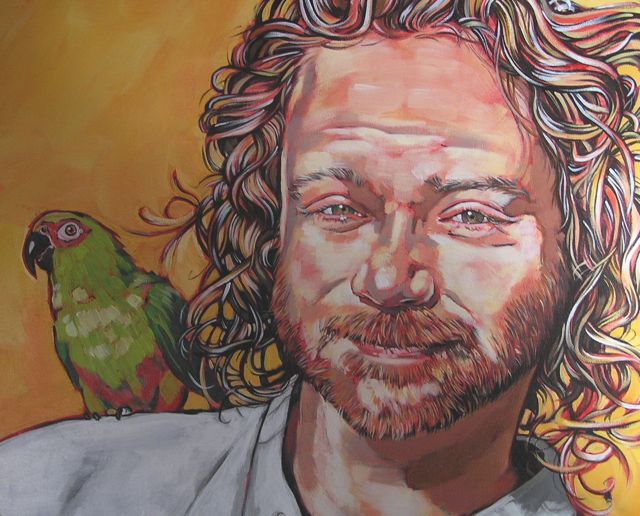I find computational tricks that brains use, and apply them to make new technology. My research blends biology and engineering.
The technologies I have made steal great ideas from how sensory systems perceive the world. The PFCA uses a coding scheme inspired by the way multiple simple zebra finch auditory neurons can collectively encode an entire stimulus. The in-crowd algorithm achieves its speed through a trick inspired by the way successive sensory areas of mammalian and avian brains represent the whole stimulus in increasingly abstract ways.
My neuroscience research in turn looks towards engineering for guidance as to how signals should be represented, and how the process of sensation can remain computable. For example, surprise coding was found by applying information theory to try to understand the sensory code better, while the acetylcholine-lambda hypothesis investigates whether the brain uses the same types of computational tradeoffs between expectations and sensory data that are necessary in the study of basis pursuit denoising.
I am currently a member of the Computational Sensing and Imaging (CSI) group at Rambus headed by David G. Stork.
I have worked approximately equally in the biological and physical sciences. My undergraduate degree is in physics and math, my Ph.D. is in biophysics, my Cornell postdoctoral appointments were in engineering and neuroscience, and my current postdoctoral position is in neuroscience.
Here is a copy of my CV in .pdf format current as of January 12, 2013.
My friend Karen Andrews painted this portrait of me a few years ago. I have substantially less hair now, although I still love birds.
